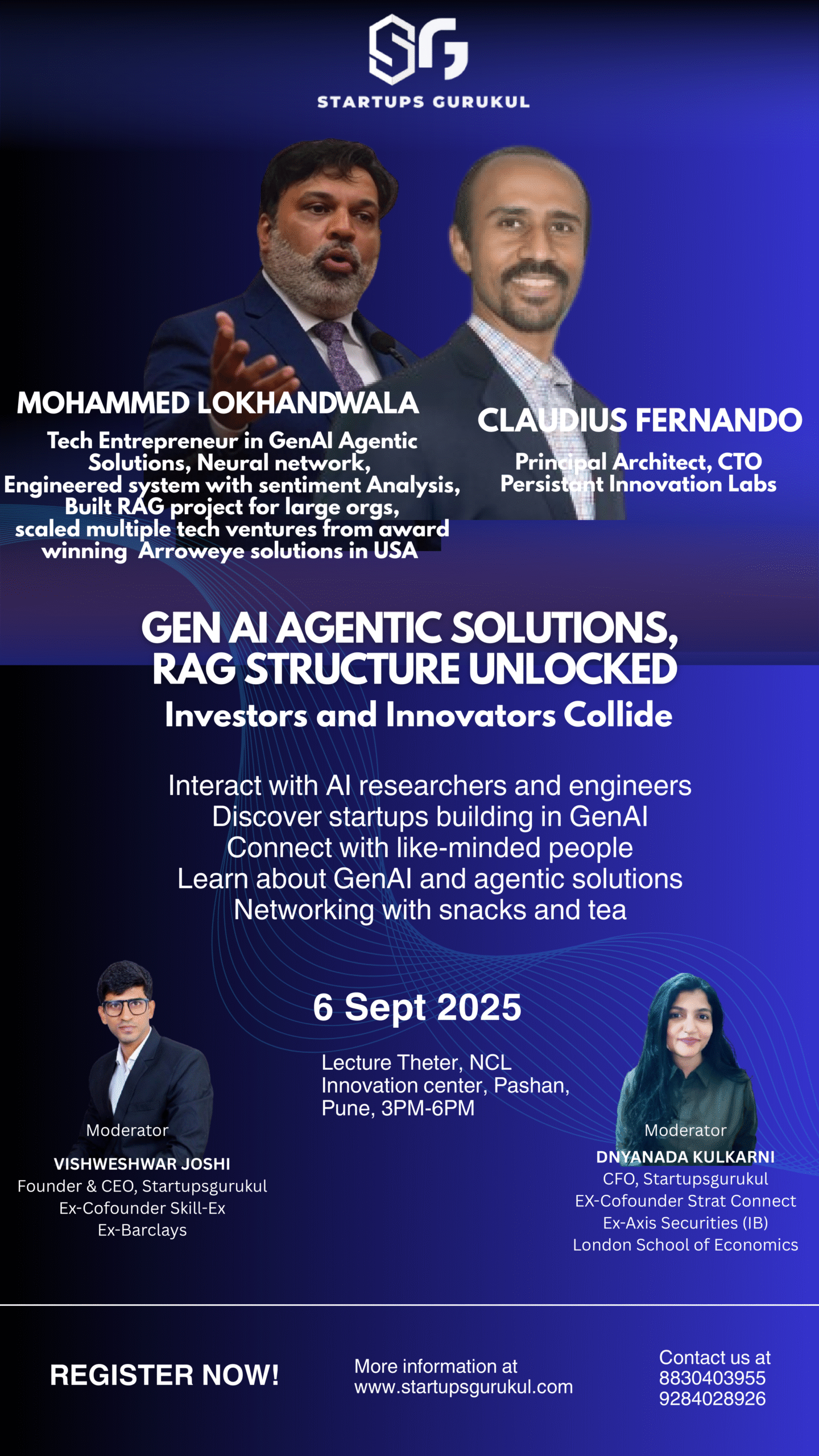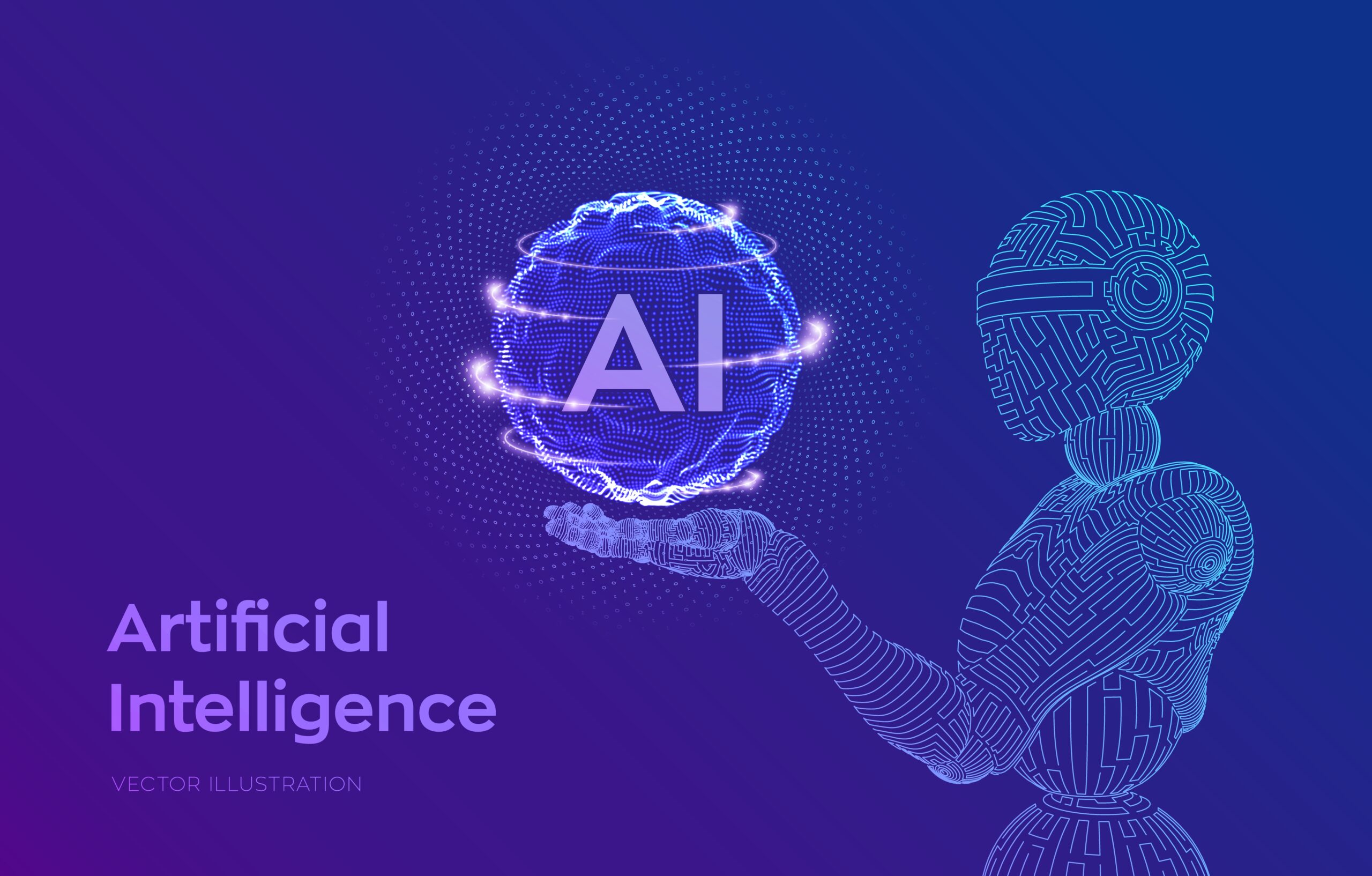Artificial Intelligence (AI) is a realm where machines emulate human-like cognitive functions, and at the heart of AI lies the representation of functions. In this exploration, we embark on a fascinating journey through various paradigms of function representation, each with its distinct characteristics and applications. From reactive agents that respond to stimuli in real-time to planners orchestrating actions and decision-theoretic systems navigating uncertainty, the world of AI is a rich tapestry of diverse methodologies.
1. Reactive Agents: The Swift Responders
Reactive agents are the sprinters of the AI world, designed to respond swiftly to environmental stimuli. Unlike their more contemplative counterparts, these agents don’t dwell on extensive planning but act based on predefined rules and direct interactions with the environment.
Key Characteristics:
- Fast Response Times:
- Reactive agents excel in real-time applications where quick responses are crucial.
- Rule-Based Systems:
- They operate on predefined rules, making decisions based on immediate circumstances.
- Limited Memory:
- Reactive agents often have minimal memory as they prioritize immediate actions over long-term strategies.
- Application Showcase:
- In gaming environments, reactive agents shine, making split-second decisions in response to changing game dynamics, providing players with a challenging and dynamic experience.
2. Real-time Planners: Orchestrating Complexity
Real-time planners take a more calculated approach, considering a broader perspective before taking action. These systems navigate a complex web of possibilities, determining the most optimal course of action in dynamic environments.
Key Characteristics:
- Dynamic Planning:
- Real-time planners adapt plans on-the-fly as the environment evolves.
- Consideration of Uncertainty:
- They account for uncertainty and changing conditions in their decision-making processes.
- Hierarchical Planning:
- Planning may occur at multiple levels, from high-level strategies to low-level actions.
Application Showcase:
In autonomous vehicles, real-time planners assess the constantly changing traffic conditions, adapting routes and speeds to ensure safe and efficient navigation.
3. Decision-Theoretic Systems: Navigating the Sea of Uncertainty
Decision-theoretic systems are the chess masters of AI, strategically evaluating choices in the face of uncertainty. These systems thrive on probabilistic models, weighing the potential outcomes of different decisions and selecting the most rational path forward.
Key Characteristics:
- Probabilistic Models:
- Decision-theoretic systems rely on probability distributions to model uncertainty.
- Utility Maximization:
- Decisions are made to maximize expected utility, considering potential risks and rewards.
- Learning and Adaptation:
- These systems often incorporate learning mechanisms to refine their decision models over time.
Application Showcase:
In healthcare, decision-theoretic systems assist in treatment planning, considering the probabilities of different outcomes based on patient data and medical research.
Choosing the Right Tool for the Job
In the diverse landscape of AI, the selection of function representation depends on the nature of the task at hand. Reactive agents excel in scenarios demanding rapid responses, real-time planners tackle dynamic and complex environments, while decision-theoretic systems navigate uncertainty with a strategic mindset.
4. Hybrid Approaches: Bridging the Gaps
In certain scenarios, the one-size-fits-all approach may not suffice. Hybrid approaches emerge as a solution, combining elements from reactive agents, real-time planners, and decision-theoretic systems. These adaptive systems leverage the strengths of each paradigm, offering a more nuanced and flexible response to diverse challenges.
Key Characteristics:
- Contextual Adaptation:
- Hybrid systems dynamically switch between reactive, planning, and decision-theoretic modes based on the context.
- Optimal Resource Utilization:
- By blending methodologies, these systems aim for optimal resource utilization, balancing quick responses with strategic planning.
- Learning and Evolution:
- Hybrid models often incorporate machine learning to adapt and evolve their decision-making processes over time.
Application Showcase:
In robotics, hybrid approaches are employed to guide robots through dynamic environments, combining quick reflexes for obstacle avoidance with strategic planning for achieving long-term goals.
5. Neural Networks: The Cognitive Mimics
Recent advancements in AI have witnessed the rise of neural networks as powerful function approximators. These models, inspired by the structure of the human brain, learn complex patterns and representations from data, offering a unique perspective on function representation.
Key Characteristics:
- Pattern Recognition:
- Neural networks excel at recognizing intricate patterns in data, making them adept at tasks like image and speech recognition.
- End-to-End Learning:
- Some neural network architectures enable end-to-end learning, allowing systems to directly map inputs to outputs without explicit intermediate representation.
- Deep Hierarchies:
- Deep neural networks utilize hierarchies of layers to capture increasingly abstract features from raw data.
Application Showcase:
In natural language processing, neural networks are employed to understand and generate human-like text, showcasing their capability to represent complex linguistic functions.
Challenges and Considerations
While each representation paradigm brings unique strengths, they also face challenges. Reactive agents may struggle in dynamic but predictable environments, real-time planners may face difficulties in highly uncertain scenarios, and decision-theoretic systems may grapple with computational complexity. Striking the right balance and choosing the appropriate paradigm requires a deep understanding of the task requirements and the inherent trade-offs.
6. Swarm Intelligence: Collective Wisdom in Action
Swarm intelligence draws inspiration from nature, mimicking the collaborative behavior seen in swarms of animals. In this paradigm, multiple simple agents interact with each other, collectively making decisions that can be remarkably complex and adaptive.
Key Characteristics:
- Decentralized Decision-Making:
- Swarm intelligence distributes decision-making across multiple agents, often leading to robust and decentralized systems.
- Adaptive Coordination:
- Agents communicate and adjust their behavior based on local information, allowing the swarm to adapt to changing conditions.
- Emergent Complexity:
- Complex global patterns and behaviors emerge from the interactions of simple, local rules followed by individual agents.
Application Showcase:
Swarm intelligence finds applications in robotics, where groups of robots coordinate their movements to achieve tasks such as exploration, search and rescue, and environmental monitoring.
7. Evolutionary Algorithms: Nature’s Optimization Process
Evolutionary algorithms take inspiration from the principles of natural selection and evolution. These algorithms create populations of potential solutions to a problem, subject them to evolutionary processes such as mutation and crossover, and select the best candidates over successive generations.
Key Characteristics:
- Population-Based Optimization:
- Solutions to problems are represented as individuals in a population, evolving over generations.
- Survival of the Fittest:
- Better-performing solutions are more likely to be selected, mirroring the natural selection process.
- Global Exploration:
- Evolutionary algorithms are effective in exploring solution spaces globally, making them suitable for optimization problems.
Application Showcase:
In optimization tasks, such as parameter tuning in machine learning models, evolutionary algorithms can efficiently search for optimal configurations.
Ethical Considerations in Function Representation
As AI systems become more sophisticated, ethical considerations come to the forefront. The decisions made by these systems can have significant societal impacts. Ensuring fairness, transparency, and accountability in the representation of functions is crucial to prevent biases and unintended consequences.
The Human Element: Human-AI Collaboration
While these representation paradigms showcase the capabilities of AI, the importance of human-AI collaboration cannot be overstated. Integrating human insights, ethical considerations, and domain expertise is key to developing AI systems that align with human values and societal norms.
8. Cognitive Architectures: Emulating Human Thought Processes
Cognitive architectures aim to replicate human thought processes and reasoning in AI systems. These frameworks delve into the intricacies of memory, learning, and decision-making, attempting to create machines that emulate cognitive functions seen in humans.
Key Characteristics:
- Memory Systems:
- Cognitive architectures incorporate memory models that simulate short-term and long-term memory, enabling learning and recall.
- Reasoning Modules:
- These architectures include modules for logical reasoning, problem-solving, and decision-making, mirroring human cognitive processes.
- Learning Mechanisms:
- The ability to adapt and learn from experiences is a core feature, allowing cognitive architectures to improve their performance over time.
Application Showcase:
Cognitive architectures find applications in complex problem-solving domains, such as healthcare diagnostics and autonomous systems that require adaptive decision-making.
9. Explainable AI: Transparent Decision-Making
Explainable AI (XAI) is a critical consideration in contemporary AI design. This approach focuses on making AI systems transparent and understandable, ensuring that the decisions made by these systems can be explained to users and stakeholders.
Key Characteristics:
- Interpretability:
- XAI emphasizes models that produce results in a human-interpretable format, fostering trust and understanding.
- Model-Agnostic Techniques:
- Techniques that can be applied to various machine learning models, enabling interpretability across different AI systems.
- User-Friendly Explanations:
- The output of XAI systems is designed to be accessible to non-experts, allowing users to comprehend the rationale behind AI decisions.
Application Showcase:
In fields like finance and healthcare, where AI decisions have significant consequences, XAI ensures that the decision-making process is clear and accountable.
Dynamic Adaptation: Learning on the Fly
In dynamic environments, the ability of AI systems to adapt rapidly is crucial. Dynamic adaptation involves continuous learning and adjustment to changing conditions, enabling AI to navigate evolving scenarios effectively.
Key Characteristics:
- Incremental Learning:
- Systems can learn and incorporate new information on the fly, adapting to emerging patterns and trends.
- Flexible Decision-Making:
- Dynamic adaptation allows AI to alter its decisions based on real-time changes, maintaining relevance in dynamic settings.
- Resilience to Drift:
- AI systems exhibit resilience to concept drift, where the underlying patterns in the data change over time.
Application Showcase:
In financial markets, dynamic adaptation ensures that trading algorithms can adjust to rapidly changing market conditions, optimizing investment strategies in real-time.
10. Fuzzy Logic: Handling Uncertainty with Nuanced Decisions
Fuzzy logic introduces a level of granularity in decision-making by allowing for degrees of truth. In contrast to classical binary logic, where propositions are either true or false, fuzzy logic accommodates shades of truth, making it suitable for scenarios with uncertainty and imprecision.
Key Characteristics:
- Membership Functions:
- Fuzzy logic employs membership functions to define the degree to which an input belongs to a particular category.
- Rule-Based Inference:
- Decision rules in fuzzy logic are expressed in linguistic terms, providing a more human-like approach to decision-making.
- Applications in Control Systems:
- Fuzzy logic finds applications in control systems, where precise mathematical models may be challenging to formulate.
Application Showcase:
In automotive systems, fuzzy logic is employed in antilock braking systems (ABS) to optimize braking force based on road conditions and vehicle speed, where precise rules may be hard to establish.
11. Metaheuristic Algorithms: Optimization on a Global Scale
Metaheuristic algorithms are general optimization strategies that guide the search for optimal solutions across vast solution spaces. These algorithms, inspired by natural processes, transcend traditional problem-solving methods.
Key Characteristics:
- Global Exploration:
- Metaheuristic algorithms excel at exploring large solution spaces, making them suitable for complex optimization problems.
- Diversity in Approaches:
- Various metaheuristic algorithms, such as genetic algorithms and simulated annealing, offer diverse approaches to problem-solving.
- Adaptability:
- These algorithms adapt to different problem domains without requiring specific problem knowledge.
Application Showcase:
In logistics and supply chain management, metaheuristic algorithms optimize route planning, warehouse allocation, and scheduling, contributing to more efficient and cost-effective operations.
12. Transfer Learning: Leveraging Knowledge Across Domains
Transfer learning involves training a model on one task and applying the knowledge gained to another related task. This approach leverages existing expertise, enabling AI systems to adapt faster and more effectively to new challenges.
Key Characteristics:
- Base Task Learning:
- Initial training occurs on a base task, allowing the model to acquire foundational knowledge.
- Knowledge Transfer:
- The knowledge gained is transferred to a target task, reducing the need for extensive training on the new task.
- Domain Adaptation:
- Transfer learning facilitates adaptation to different domains, making it valuable in scenarios with limited labeled data.
Application Showcase:
In natural language processing, a model initially trained on general language understanding tasks can be fine-tuned for specific applications like sentiment analysis with a relatively small amount of domain-specific data.
Ethical Implications: Navigating the Moral Landscape of AI
As AI systems become more pervasive, the ethical implications of their decisions come under scrutiny. Ensuring fairness, accountability, and transparency in AI practices is vital to prevent biases, discrimination, and unintended consequences.
Key Considerations:
- Fairness in Decision-Making:
- Addressing biases in training data and algorithms to ensure fair outcomes for diverse user groups.
- Explainability and Accountability:
- Implementing measures for explaining AI decisions and holding responsible parties accountable for system behavior.
- Ongoing Ethical Evaluations:
- Establishing frameworks for continuous ethical assessments of AI systems as they evolve.
Real-world Impact:
In criminal justice, where AI systems may assist in decision-making processes, ethical considerations involve mitigating biases to ensure fair and just outcomes for individuals involved in legal proceedings.
AI in Society: Impact, Responsibilities, and Collaborations
The widespread integration of AI into society brings forth considerations related to its impact on employment, privacy, and overall societal well-being. Addressing these concerns requires collaborative efforts between technologists, policymakers, and the broader community.
Key Dimensions:
- Societal Impacts:
- Assessing the effects of AI on employment, income distribution, and societal structures.
- Privacy Preservation:
- Implementing robust measures to protect individual privacy in the collection and use of data by AI systems.
- Collaborative Governance:
- Establishing frameworks for collaborative decision-making involving technologists, policymakers, ethicists, and the public.
Collaborative Initiatives:
Initiatives such as interdisciplinary research collaborations, public forums, and regulatory frameworks aim to ensure that AI developments align with societal values and avoid adverse consequences.
Closing Reflection: The Ever-Evolving Landscape of AI Representation
As we navigate the intricate landscape of AI representation, it becomes apparent that the field is not only about designing intelligent systems but also about ensuring that these systems align with human values, ethical standards, and societal well-being. From nuanced decision-making with fuzzy logic to the ethical considerations surrounding AI deployment, the comprehensive understanding of AI representation involves a continuous exploration of novel paradigms, ethical frameworks, and collaborative efforts that shape the ever-evolving narrative of artificial intelligence.
Future Directions: Towards Holistic Intelligence
The future of AI lies in the convergence of these representation paradigms. Research is actively exploring ways to integrate reactive, planning, and decision-theoretic models seamlessly, creating systems that exhibit more human-like intelligence. The journey towards artificial general intelligence involves understanding how these diverse approaches can complement each other to solve complex problems across various domains.







